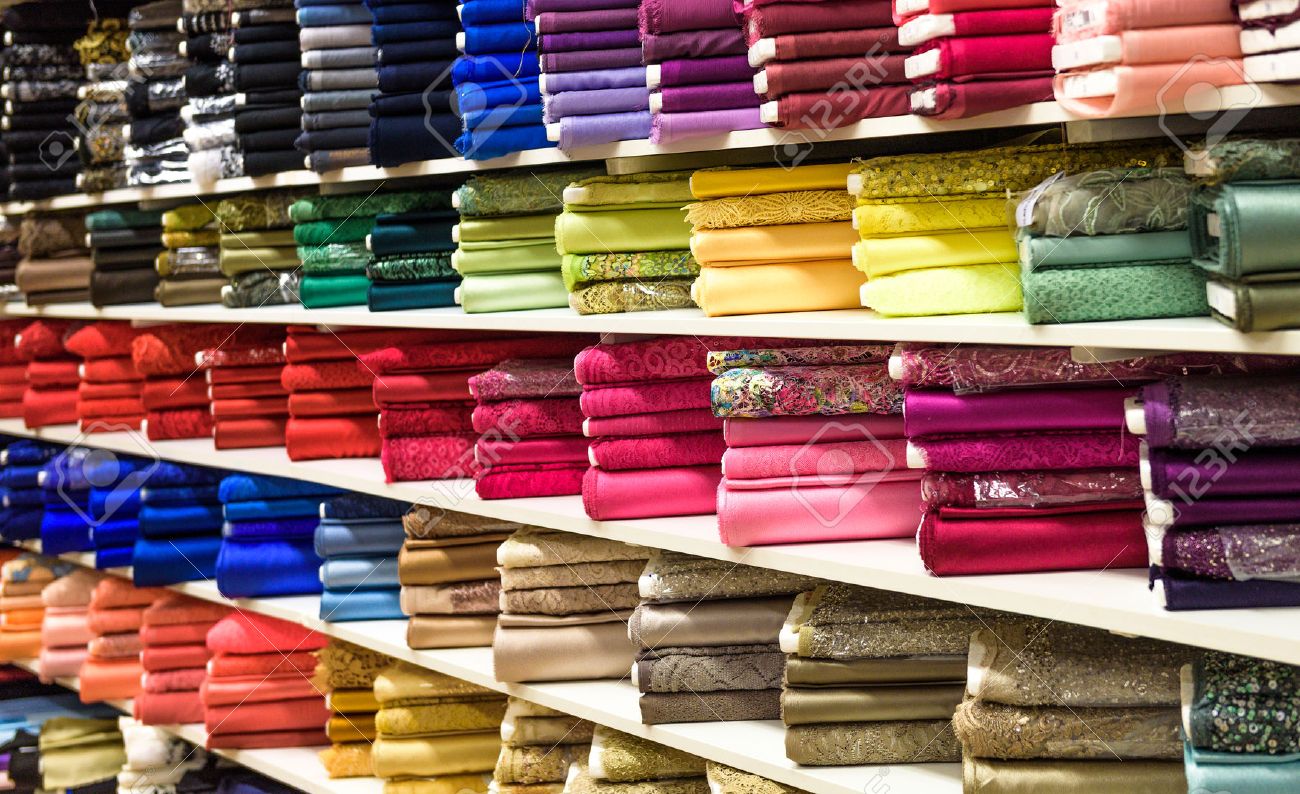a hundred% organic and natural cotton material is a new arrival to the quilting market. Until just a handful of years back, it would have been unthinkable to buy quilting material labeled “natural”. With the latest advent of “modern day quilting” an eco-mindful craze seems to have developed among companies, cloth designers and customers.
Natural fabric can be identified as such by searching at the selvage (or unprinted edge) of a fabric. Here you are going to uncover the details figuring out the manufacturer and material line and if natural, the tagline “one hundred% organic cotton”.
Though the cotton by itself is one hundred% natural as stated, after the dyes strike the cloth factors get a little bit dicey. The cotton cloth has been grown without pesticides and utilizes natural farming procedures as promised but what about the dyes?
Robert Kaufman, a very well known quilt cloth producer, supplies copies of their organic and natural certificates on the web. Any person can see that as promised, all cotton is a hundred% natural and organic. The dyes are referred to as “Reduced Impact”. What Rolls of fabric is that they are printing on these materials utilizing dye parts from a pre-accepted list of chemical compounds.
Is there a dye that that is a hundred% eco-friendly with absolutely no influence on the environment? The response is sure and no. Vegetable dyes are chemical cost-free but not colorfast. They fade inside a few washings. There are methods to make the colors “stick” but they may not in fact be a more eco-friendly selection due to the chemical binding components required to preserve the hues from fading.
That leaves us with “lower influence dyes and inks”. Why are they far better than classic dyes? By way of a fiber reactive procedure the dyes will not fade and will sustain their lively shades. They require considerably less rinsing and hence put much less chemical substances into the water supply and do not include hefty metals which can be poisonous or chemical carcinogens.
How can you know if the material you are utilizing has been printed with lower impact dyes? Search for a GOTS certification ranking. If you check out the Robert Kaufman website, you will see a GOTS certification subsequent to each and every of their organic and natural cloth strains.
GOTS stands for International Natural and organic Textile Standards. This body addresses manufacturing, processing, producing, packaging, labeling, export, import and distribution of all normal fibers.
Critical to observe is that the dyes permitted underneath GOTS are constrained to normal dyes and some synthetic dyes that meet up with their particular specifications, i.e. no weighty metals, formaldehyde, pesticides or dyes regarded to be chemical carcinogens.
In essence, if you obtain material qualified by GOTS, you are acquiring the most eco-welcoming edition of quilting cotton on the market place today.
Lastly, what about a lot more extended expression sustainable cloth alternatives this sort of as hemp, soy or bamboo? Though they are commencing to show up they are not in any way aggressive with cotton as a option for quilting. Additionally, they are simply 2 times as pricey as natural and organic cotton.
Previously, 100% natural and organic cotton is more high-priced than conventional cotton material.
To keep away from some of this sticker shock between classic cotton customers, sellers are selling organic and natural cotton cloth in smaller quantities. On-line retailer house owners are parceling natural and organic cloth into 1/two property bundles compared to the traditional 1 lawn. This implies when a client logs on and peruses the natural and organic material part, they are not met with a massive distinction in price amongst the standard cotton materials and natural and organic fabric.
It is impressive that quilting makers and fabric designers are having actions to control the pollution and toxicity related with developing and generating cotton material. Currently, producers are stepping up the amount of natural traces getting supplied and customers look to be meeting these selections enthusiastically.
